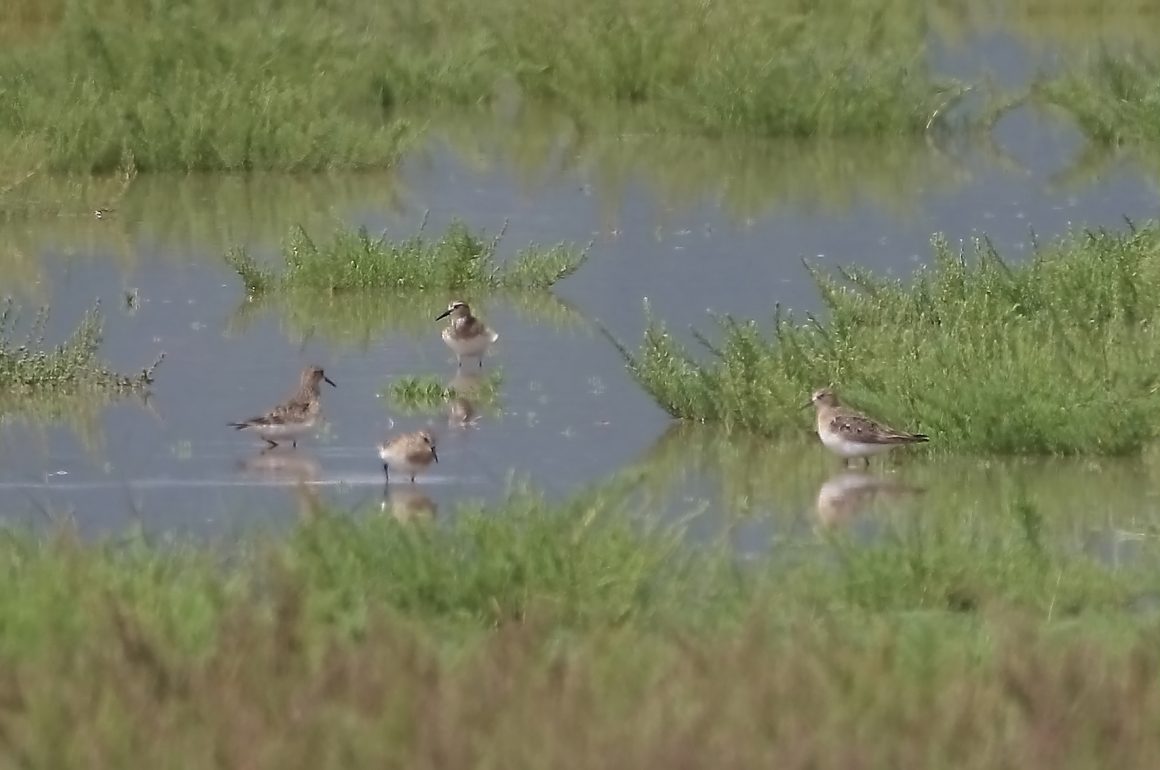
So I first thought of spending my fourth Monday in July up at Lake Cuitzeo because I wanted to see if the western half of the lake had progressed beyond the dry lakebed form it had taken in the spring. (It had.) Then I realized that I might also get to see my first migratory birds of the season there. Then, upon further reflection, I realized that I had already seen my first migratory birds this season, since the Sinaloa Martins I had seen in Paso Ancho had already begun their annual journey south by the time they reached that town – although their migration was so far entirely within Mexico.
Two species can reliably let me know that the migratory season is just beginning, and both of these can be seen around Lake Cuitzeo: Baird’s Sandpiper and Wilson’s Phalarope. Both turn up from mid-July on, with their presence peaking in August and September. At that peak, I can see hundreds to thousands of them in a single day. But few, if any, of these birds will stay beyond those months. The reason they turn up so early is that their overall journey is so long. Baird’s Sandpipers cross the whole world, up to 15,000 kilometers, from their breeding grounds along the Arctic Ocean to their wintering sites at the southern tip of South America. Wilson’s Phalaropes travel just as far south, but their journey begins “only” in inland western Canada.
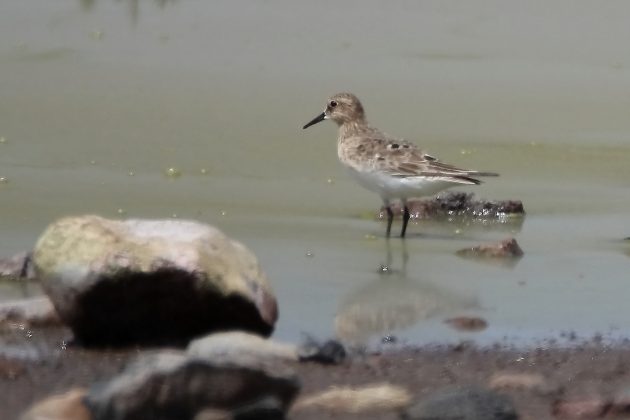
Wings longer than the tail: the feature that distinguishes the Baird’s Sandpiper from all our other peeps.
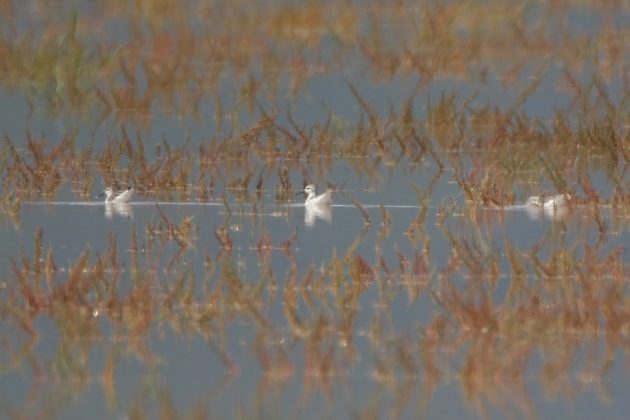
All the Wilson’s Phalaropes kept their distance this time.
Unlike certain species, such as some Godwits and Terns, These two species do not fly nonstop over water to their destination. According to one source they take at least five weeks to fly the length of the world, and Lake Cuitzeo is an important stopover spot. In September, I typically see thousands of these birds calmly feeding and resting along the lakeshore. I do not know how long individual birds stay at the lake, but their great numbers suggest more than a day visit. I would love to know where else they stop along the way.
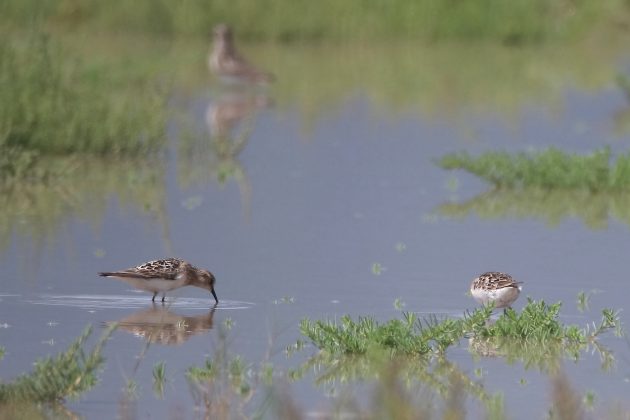
On July 28th their numbers were still considerably less, but I counted some 80 Baird’s, and some 35 Phalaropes. Those were enough to know that the 2025-26 migratory season has officially begun.
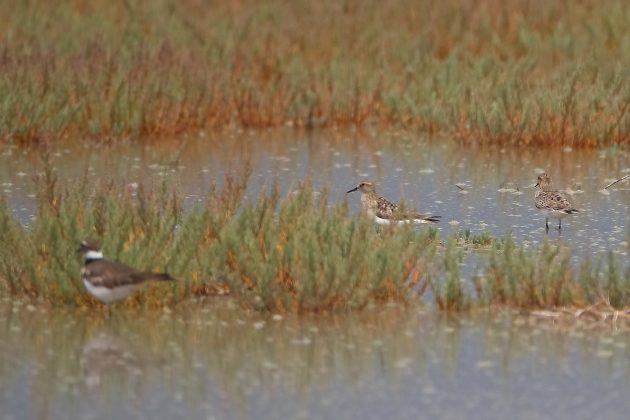
A few other migratory birds also showed up, to my surprise. I’m guessing that the lone Northern Shoveler hanging out with pairs of resident Cinnamon Teals and Fulvous Whistling-Ducks may have been one of those lazy adolescents that choose to remain at their wintering grounds during their first summer. I have seen evidence of this for young Canvasbacks as well.
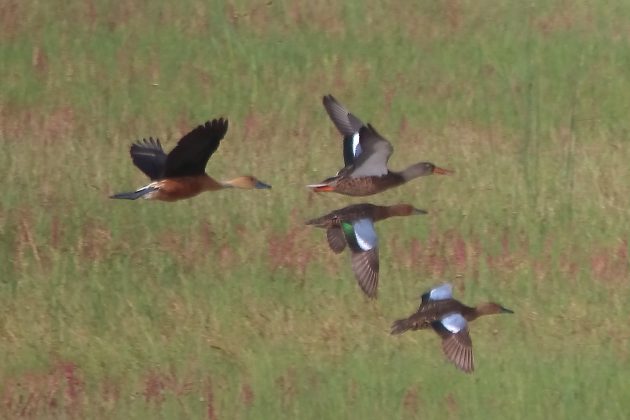
Left-to-right: Whistling-Duck, Shoveler, Teal, and Teal.
I also saw a lone Lesser Yellowlegs flying over the still-grassy lakebed. This was only my third July sighting of this species at the lake, although I saw seven there on July 1, 2019. That trip had revealed several unexpectedly early shorebirds arrivals, including another Shoveler, several Greater Yellowlegs and a Semipalmated Plover. There are still many mysteries to unravel at Lake Cuitzeo.
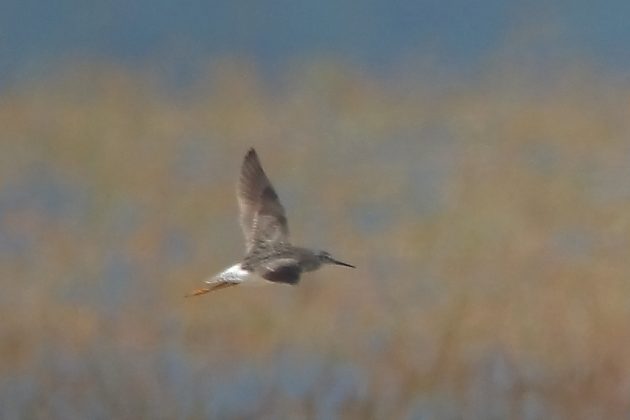
Most surprising of all was a single Least Sandpiper, whose yellowish legs distinguish it from all other peeps here. It had arrived at least two months early.
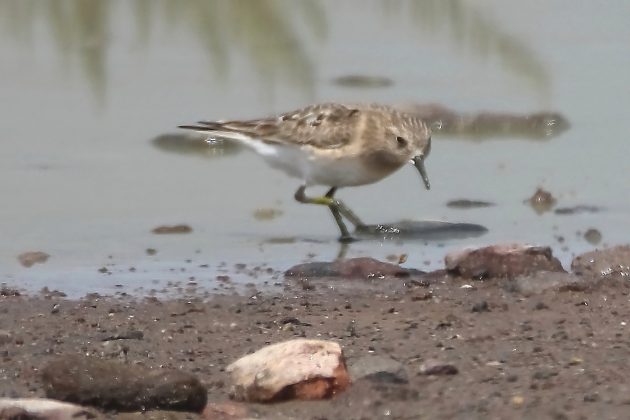
By the time I post this, the numbers of Baird’s Sandpipers at the lake will undoubtedly have exploded. Other migratory shorebirds, those which come to stay for the winter, are unlikely to show up until late September at the earliest. I will have to wait until October for six of our wintering duck species to arrive, with three more typically not arriving until November. But I can count on the Baird’s/Wilson’s show to keep me entertained until then.
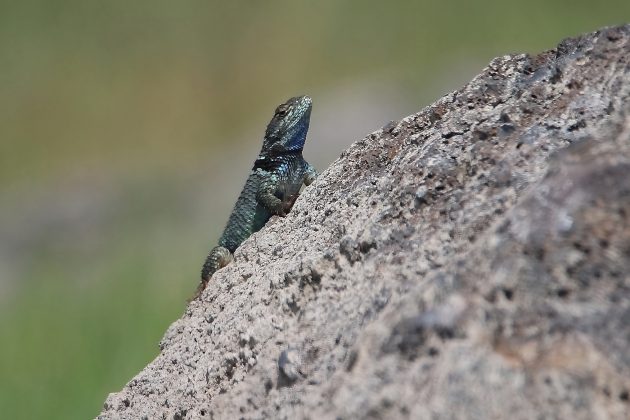






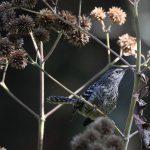
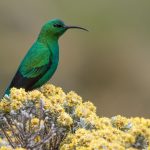
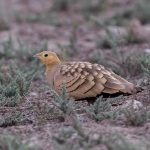
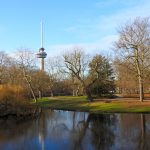
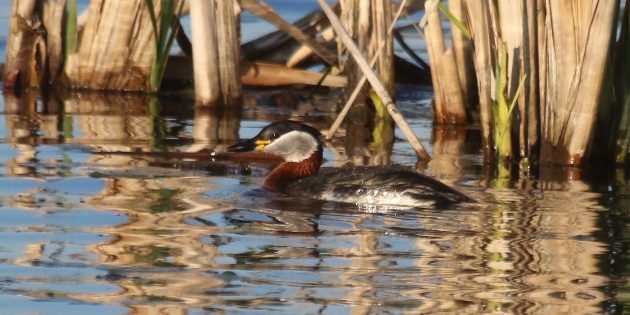
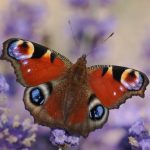
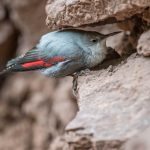
The joy of anticipation!